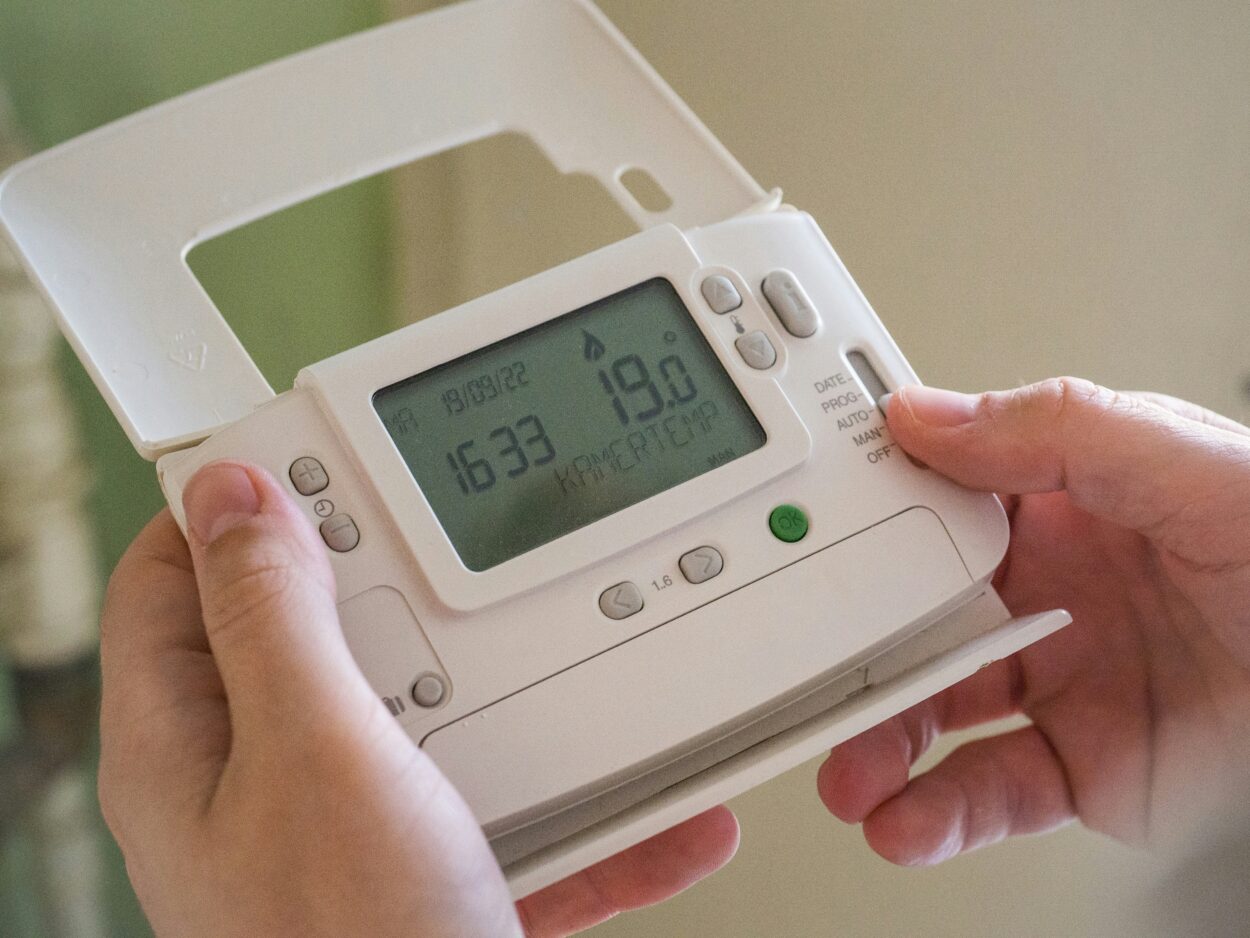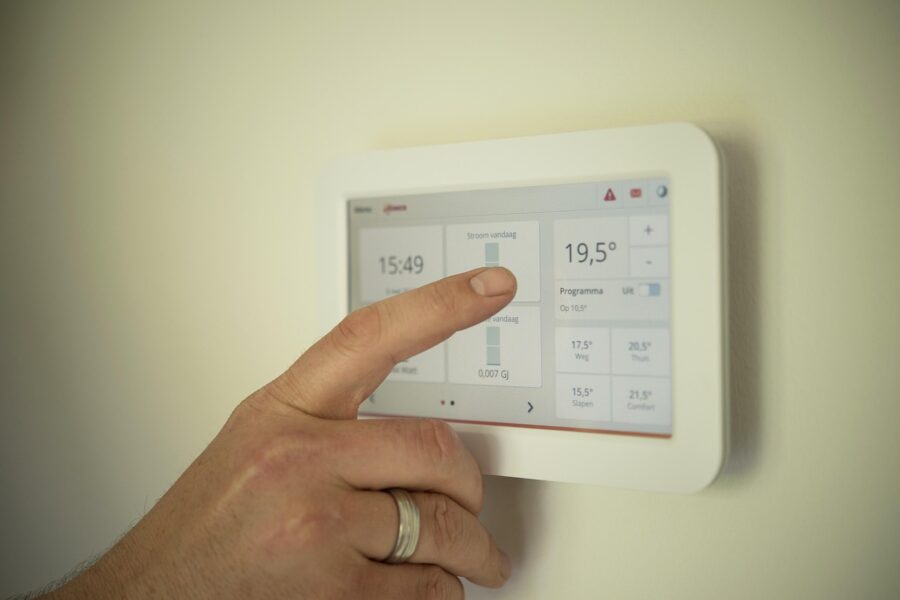Heating and cooling systems sit quietly in the background of everyday life, keeping homes comfortable through icy winters and stuffy summers. Among the most efficient options now available are air source heat pumps, which work by drawing warmth from the air outside and transferring it indoors, or vice versa in warmer weather. Like all household systems, however, they require care. The question many homeowners find themselves asking is: how often should you schedule air source heat pump servicing?
The answer is not as straightforward as a single number. It depends on usage, the age of the unit, local climate, and how well it is maintained day-to-day. Still, there are some clear guidelines worth following to keep things running smoothly.
Why Servicing Matters
An air source heat pump does more than simply heat a home. It is a year-round system that also provides cooling and can even supply hot water in specific setups. Because it operates across all seasons, the equipment is under more continuous strain compared to boilers or furnaces that only work part of the year.
Regular air source heat pump servicing ensures:
- Energy efficiency is maintained, preventing higher electricity bills.
- Parts such as fans, filters, and coils remain free of dust or debris.
- Small issues are spotted early, reducing the chance of sudden breakdowns.
- The lifespan of the system is extended, delaying costly replacement.
In short, servicing is not just about fixing what is broken—it is about preventing problems in the first place.
General Servicing Frequency
Most experts recommend scheduling a professional service at least once a year. This annual check gives a trained engineer the chance to inspect refrigerant levels, test electrical connections, and ensure the system is performing at its best.
However, because air source heat pumps are dual-purpose systems used for both heating and cooling, some households benefit from a biannual service—one in spring before the cooling season, and another in autumn ahead of winter. This pattern ensures the pump is tuned up and ready before the periods of heaviest demand.
Factors That Influence Servicing Needs
While the yearly or twice-yearly rule is a good starting point, real-life circumstances can alter how often servicing is required.
1. Climate Conditions
In areas with harsh winters or very hot summers, the system will work harder to maintain indoor comfort. Continuous strain means it may need more frequent attention compared to regions with mild weather.
2. System Age
A newer air source heat pump typically runs with fewer issues. Once the system passes the 7–10 year mark, however, wear and tear accumulate. Servicing might need to become more frequent to ensure efficiency and reliability.
3. Household Size and Usage
A large family that relies heavily on heating, cooling, and hot water places greater demand on the system than a single person in a smaller home. More use means faster build-up of dust, blocked filters, or stressed components.
4. Maintenance Between Services
Homeowners play an important role in reducing the need for professional visits. Regularly cleaning filters, keeping outdoor units free from leaves or snow, and checking for odd noises all contribute to smoother operation. If these tasks are neglected, servicing may be needed sooner.
Signs Your Heat Pump Needs Attention
Even with regular scheduling, there are times when a heat pump signals the need for an unscheduled service. Recognising these signs early helps avoid costly breakdowns. Look out for:
- Unusual noises such as grinding, rattling, or hissing.
- Reduced airflow or uneven heating and cooling.
- A sudden increase in energy bills without explanation.
- Ice build-up on the outdoor unit in winter.
- Foul or musty smells from the indoor unit.
Any of these issues suggests that the system is struggling and would benefit from professional inspection.
Seasonal Servicing Benefits
There is also something to be said for timing. Servicing just before peak seasons brings practical advantages:
- Spring service ensures filters and coils are clean before heavy cooling demand begins, preventing the system from struggling during hot spells.
- Autumn service confirms that refrigerant levels are correct and heating capacity is strong before the first frost arrives.
This seasonal approach spreads out servicing tasks and provides peace of mind throughout the year.
Homeowner Maintenance Between Services
While professional servicing is essential, there are also straightforward steps homeowners can take to support system health. These include:
- Cleaning filters every one to three months, depending on use.
- Checking outdoor units to clear away leaves, dirt, and snow.
- Ensuring airflow by keeping furniture and curtains away from indoor vents.
- Observing performance to notice early changes in sound, airflow, or efficiency.
These habits do not replace a professional check, but they help reduce unnecessary wear and keep the system running efficiently between appointments.
Long-Term Value of Regular Servicing
Some may question whether annual or biannual servicing is necessary, especially when the system is running fine. However, the benefits accumulate over time. A heat pump that is regularly cared for can last 15–20 years, while a neglected one may struggle to reach a decade.
Moreover, energy savings from efficient operation often outweigh the cost of routine servicing. A clogged or poorly tuned system consumes more electricity, silently raising household bills. In this way, maintenance is as much a financial decision as it is a technical one.
Practical Guideline
To summarise, most households should schedule air source heat pump servicing once a year, with biannual servicing advised for systems in heavy use or extreme climates. Beyond that, homeowners should keep an eye out for warning signs and maintain simple upkeep routines to support long-term performance.
Conclusion
Air source heat pumps are remarkable in their efficiency and versatility, providing comfort across the seasons while reducing reliance on fossil fuels. Yet, like any hard-working system, they require proper care. Knowing how often to schedule servicing—once annually for most, twice a year for busier systems—makes all the difference between a reliable, efficient unit and one that falters when needed most.
In the end, regular air source heat pump servicing is not simply a chore to tick off a list. It is an investment in comfort, peace of mind, and long-term savings, ensuring that the home remains a haven no matter what the weather brings.







Leave a Comment